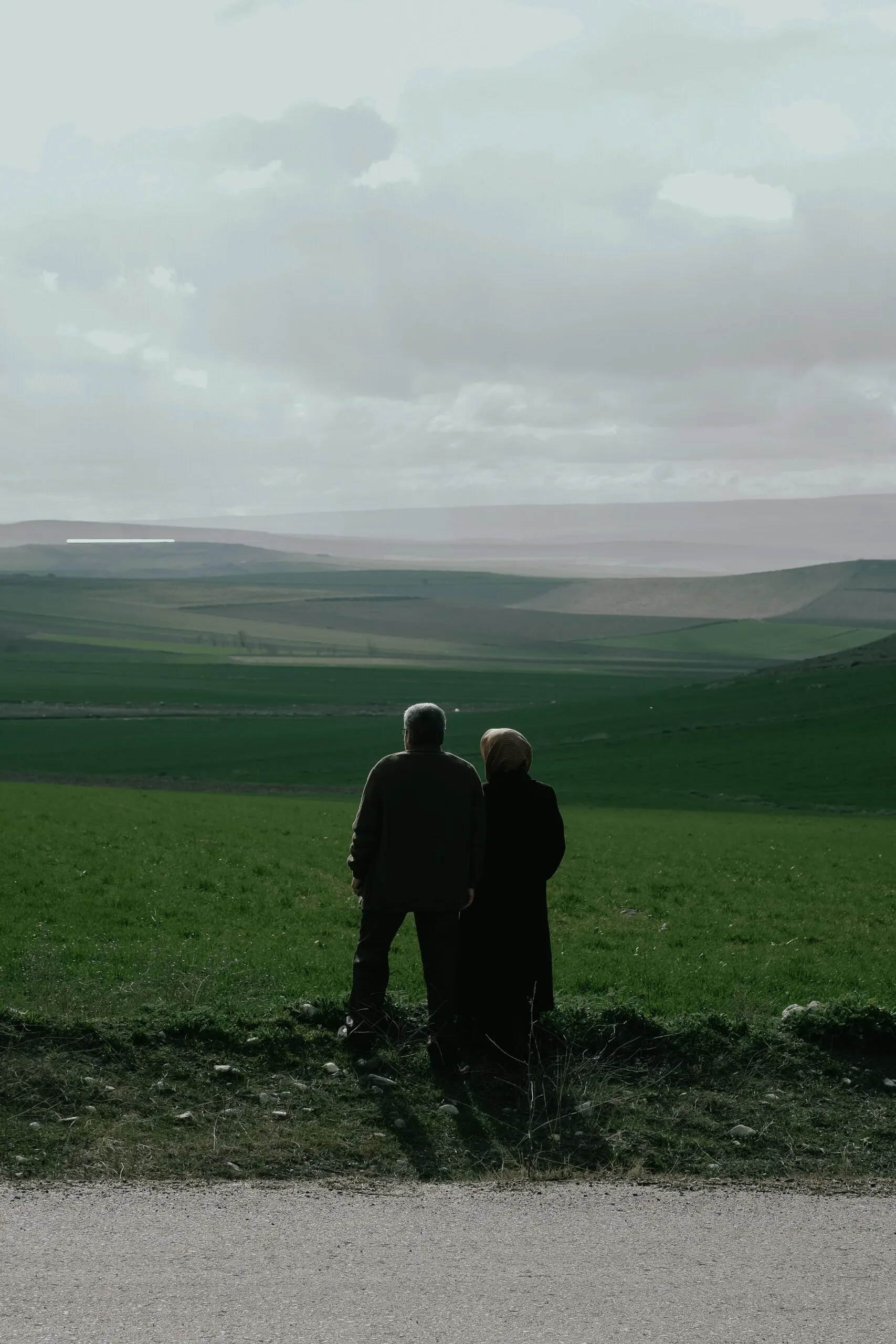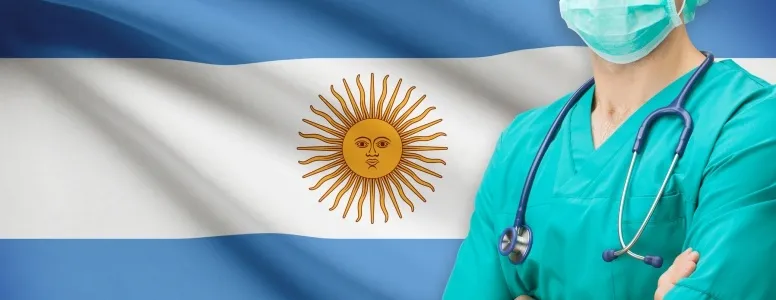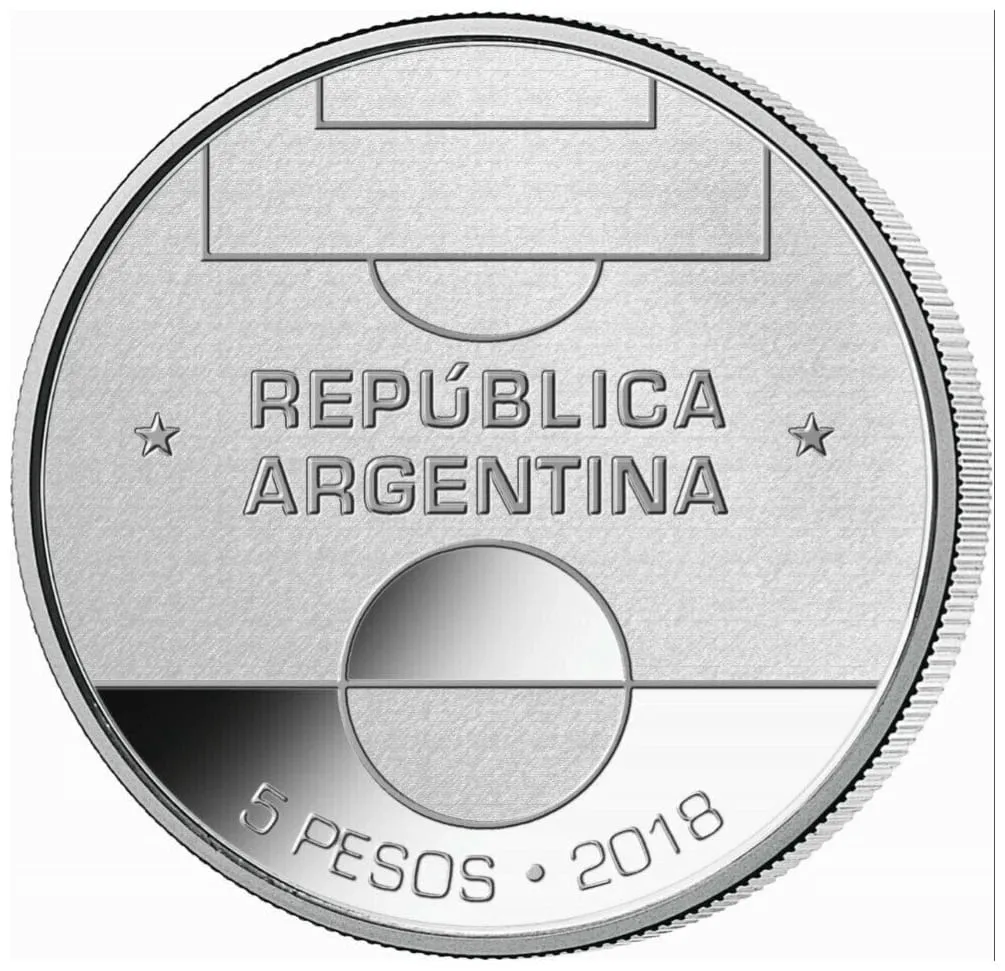The “Dirty War” or Guerra Sucia in Spanish, was a significant part of Operation Condor, which involved various right-wing dictatorships in the Southern Cone region. This period saw the implementation of state terrorism in Argentina and other neighboring areas, with a focus on targeting political dissidents. The military and security forces employed brutal violence against left-wing guerrillas, political dissidents, and anyone perceived as socialist or opposed to the regime’s neoliberal economic policies.
The violence during this dark chapter of history resulted in an estimated 15,000 to 30,000 casualties among left-wing activists, trade unionists, students, journalists, Marxists, Peronist guerrillas, and alleged sympathizers, most of whom were victims of state terrorism. It is important to note that the opposing guerrillas also suffered significant losses, with hundreds of military and police officials and up to 230 civilians killed.
The origins of this prolonged political conflict can be traced back to earlier incidents, such as the assassination of trade unionists by Peronist and Marxist paramilitaries in 1969. Additionally, events like the Bombing of Plaza de Mayo in 1955, the Trelew massacre in 1972, actions by the Argentine Anticommunist Alliance in 1973, and Isabel Perón’s “annihilation decrees” during Operativo Independencia in 1975, are considered significant markers of the Dirty War’s inception.
The year 1969 witnessed widespread discontent, leading to significant protests, including the Cordobazo and the Rosariazo. During this time, the Montoneros, a terrorist guerrilla organization, kidnapped and executed former Argentine President Aramburu. Political pressure resulted in the rise of Héctor José Cámpora as the Peronist candidate instead of Perón. Cámpora won the election in March 1973 and granted pardons to condemned guerrilla members, leading to Perón’s return from exile.
However, Perón’s return was marred by clashes between different Peronist factions, culminating in the tragic Ezeiza Massacre. Cámpora resigned, and in the subsequent September 1973 election, Perón was elected with Isabel as vice-president. Despite his return, internal conflicts persisted, leading Perón to expel Montoneros from the party, which, in turn, led to the creation of the Argentine Anticommunist Alliance (AAA) to combat them and the People’s Revolutionary Army (ERP).

Perón passed away in July 1974, and his wife Isabel Perón assumed office as the president. Under her leadership, the military and police were authorized to suppress left-wing subversion. In 1976, a junta led by army general Jorge Rafael Videla ousted Isabel Perón from power, initiating the National Reorganization Process (Proceso). This period saw the dissolution of Congress, banning of political parties and unions, and the implementation of forced disappearances for suspected guerrilla members, including left-wing individuals.
The junta successfully subdued the Montoneros and ERP, and in 1982, General Leopoldo Galtieri authorized the ill-fated invasion of British territories, leading to the Falklands War. After Argentina’s defeat in the conflict, street riots followed, and the military leadership responsible for the war withdrew. Subsequently, Reynaldo Bignone took over and began the transition to democratic governance.
The National Reorganization Process (Proceso) in Argentina lasted from 1976 to 1983. During this period, widespread human rights abuses, including torture, extrajudicial killings, and forced disappearances, were carried out by the military dictatorship. The Mothers of the Plaza de Mayo, a group of mothers whose children were forcibly disappeared, became a powerful symbol of resistance and demanded justice for the victims.
In 1983, civilian rule was restored in Argentina, and efforts were made to investigate and prosecute those responsible for the atrocities committed during the Dirty War. The legacy of this dark chapter in Argentine history continues to influence the country’s politics, society, and human rights advocacy to this day.




